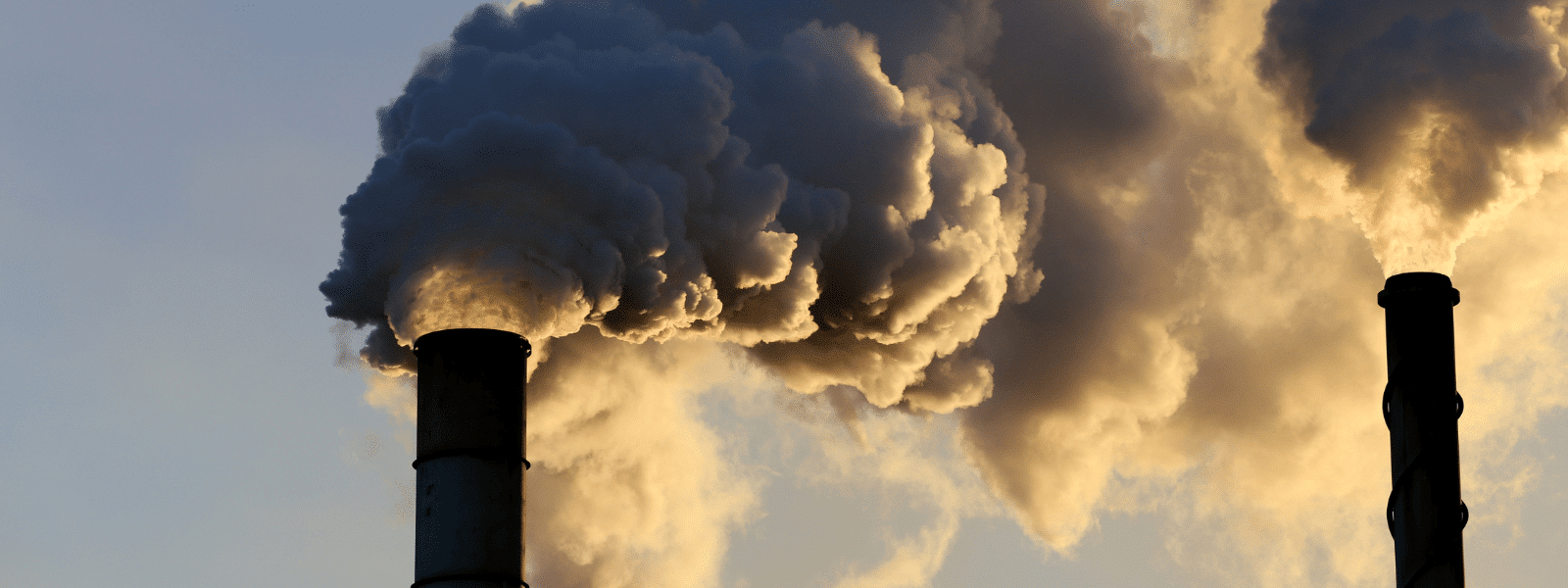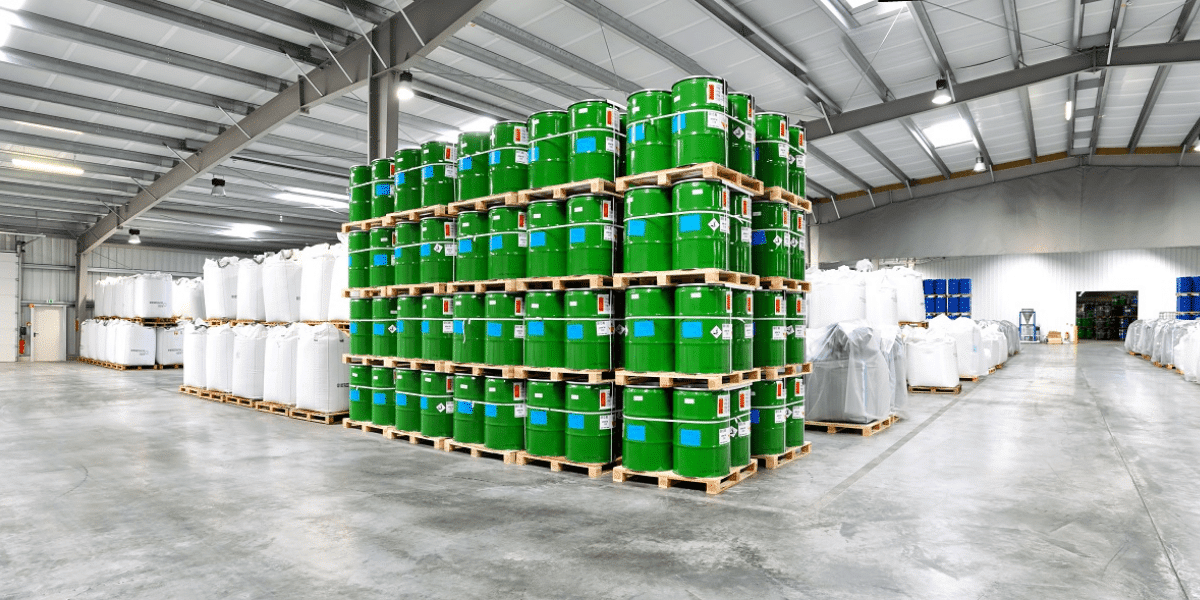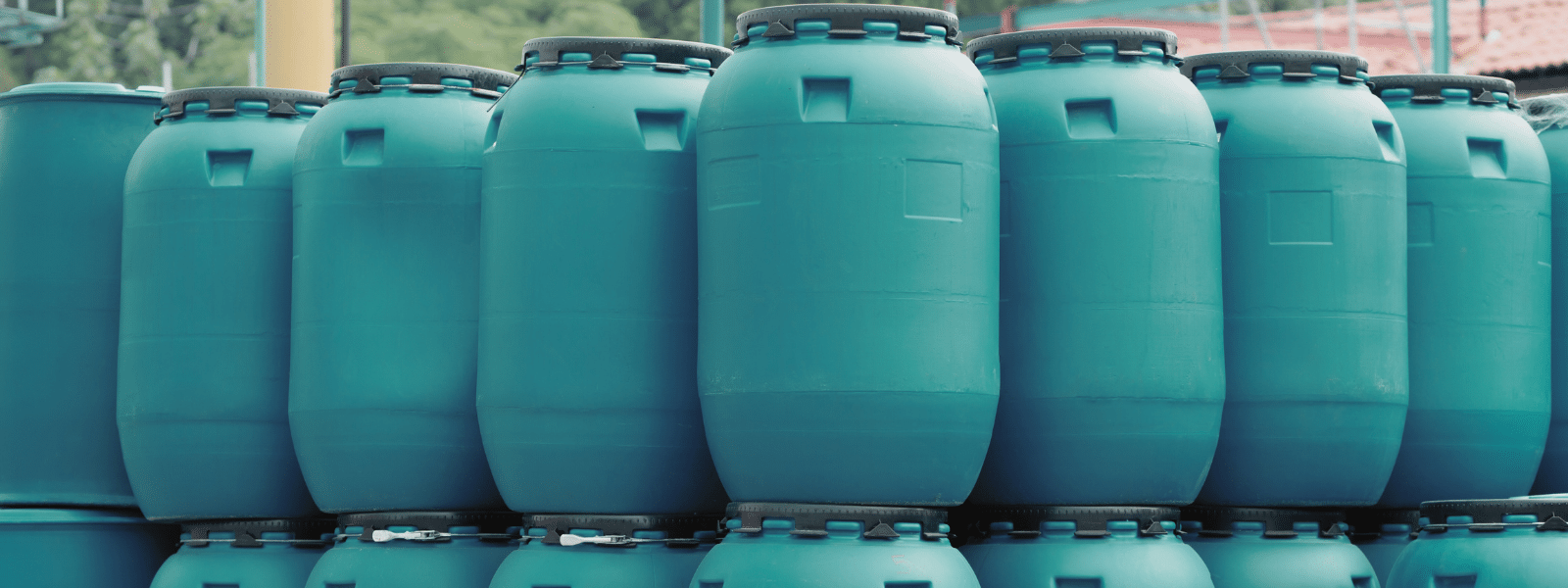The most utilized paint remover chemical is methylene chloride, also known as dichloromethane. Though effective and relied on by many industries, this chemical is controversial due to its toxicity.
In this blog post, we’ll take a look at the dangers associated with dichloromethane exposure and alternative chemicals for paint removers that aren’t only safer, but greener.
Dangers of Dichloromethane
Some of the main concerns of using paint removers that contain dichloromethane are worker safety and environmental health. Dichloromethane is classified as an air pollutant and has several hazards associated with exposure to this chemical:
- Flammable
- Contributes to ozone depletion
- Potentially carcinogenic, as high concentrations can cause liver and lung cancer
- Can cause severe eye irritation and damage
- Can cause skin irritation
- If inhaled, it can cause coughing, wheezing, and respiratory irritation
- High levels of exposure can cause nausea, dizziness, or even unconsciousness
Methylene chloride has even been banned in U.S. consumer paint removers and in the EU. It’s no surprise that many companies are beginning to make the switch from traditional hazardous paint remover chemicals to modern products that are much safer, not only for workers but for the environment as well.
One example of such a product is Safe Strip, an environmentally conscious paint and resin solvent that has been formulated to replace hazardous solvents like methylene chloride, benzene, and toluene.
Benefits of Safe Strip
- Biodegradable
- Recyclable
- No ozone-depleting components
- Low VOC emissions
- Removes coatings in only one step
- Effective on all coatings, including high-solids epoxy and polyurethane resins
- Strong performance, comparable to methylene chloride
- Significantly lower Inhalation Hazard Index than methylene chloride, making it much safer for both industrial and commercial applications
- Can be used in immersion tanks, gun cleaning tanks, or as a brush-on, rinse-off solvent
Not only is Safe Strip ideal for those searching to create a safer workspace, but it also gives peace of mind to those who want to contribute less to environmental damage. Because of strict regulations on hazardous chemicals, companies that switch to safer products do not have to worry about multiple regulations or limits on product usage.
Looking to Purchase Safe Strip for Your Business Needs?
You are in the perfect place! Here at Ecolink, we can help you find the ideal chemicals for various applications. You can check out the Safe Strip product page here, or reach out to our staff with any questions to get help finding the best product for your needs.















